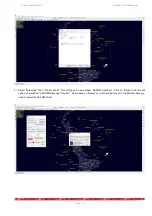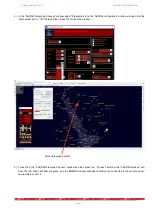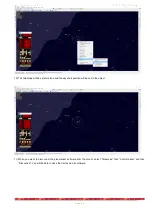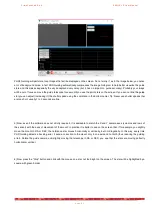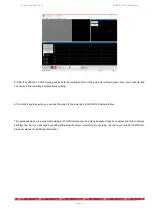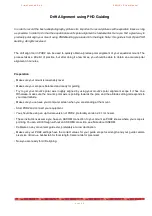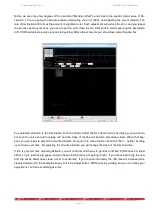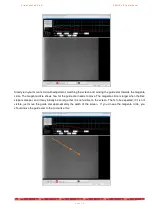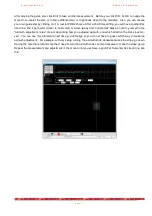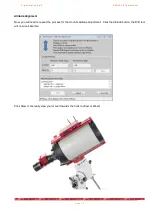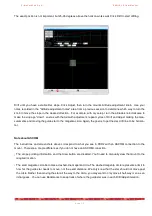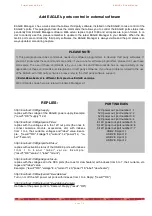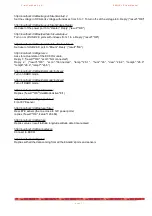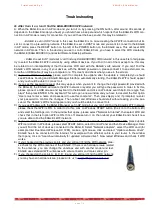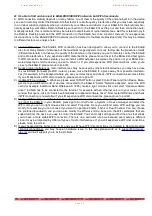
P r i m a L u c e L a b S . p . A .
E A G L E L E U s e r M a n u a l
Notice we are only a few degrees off the meridian ("Meridian offset"), and close to the equator (small value of De-
clination.). You are going to alternate between measuring the error (Drift), and adjusting the mount (Adjust). The
rate of declination drift tells us the amount of alignment error. Each adjustment will reduce the error, and you repeat
the process as many times as you need to get the error close to zero. Click Drift to start measuring the declination
drift. PHD2 will select a guide star and start guiding. After a few moments you should see something like this:
Pay particular attention to the Declination trend line (Red). At first the Dec trend line will be jumping up and down,
but soon the noise should "average out" and the slope of the line will become somewhat stable. When that hap-
pens you are ready to adjust the mount's Azimuth. Our goal is to make the Dec trend line "flat" -- neither trending
up nor down over time. By adjusting the mount's azimuth, you will change the slope of the Dec trend line.
If this is your first time adjusting Azimuth, you will not know which way to go--East or West? PHD2 does not know
either, so you just have to guess, and you have a 50-50 chance of getting it right. If you choose correctly, the new
drift line will be flatter (less steep, closer to horizontal) If you choose incorrectly, the drift rate will increase (more
steeply downward in the example above.). Click the Adjust button. PHD2 will stop guiding, and you can make your
adjustment. You'll see something like this.
p a g e 6 9

